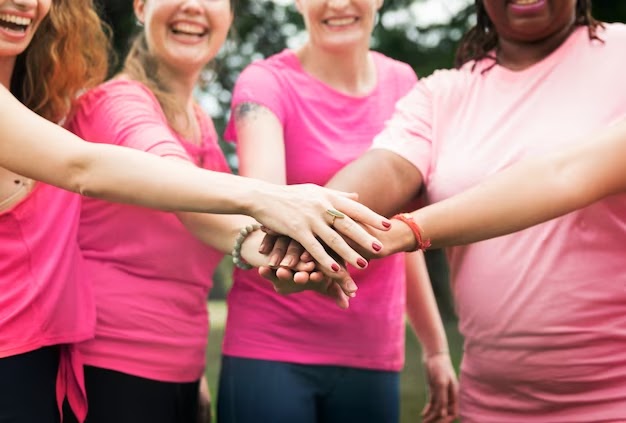The Confidence Gap: Why Brilliant Women Still Hold Back — and How to Break Free
🧠 Entry #7 — The Confidence Code: Why Women Undervalue Themselves (and How to Aim Higher)
Series: The Human Lab Journal — Where Science Meets Soul
🧪 The Experiment
In a revealing study published in Harvard Business Review, researchers asked men and women to apply for a promotion only if they met 100% of the listed qualifications.
The result?
Men applied when they met just 60% of the criteria.
Women waited until they met every single one.
The takeaway wasn’t about competence — it was about confidence.
The data echoed across dozens of studies: women are less likely to self-promote, take risks, or negotiate salaries, even when their performance matches (or exceeds) that of their male peers.
Confidence, it turns out, is the silent variable behind ambition.
👩🔬 The Real-World Scene
Picture this: Aisha, a mid-level marketing lead, stares at a job posting that feels both exciting and terrifying — a director-level role.
She scrolls down the list of “must-haves.” Out of ten qualifications, she meets nine.
But instead of thinking “I’m almost there,” she thinks “I’m not ready.”
Her colleague Amir, on the other hand, applies without hesitation — meeting only six.
Weeks later, Amir gets the interview. Aisha gets self-doubt.
🧬 The Science Behind the Confidence Gap
Psychologists call it the “confidence gap” — the measurable difference in self-assurance between equally qualified men and women.
-
Neuroscience explains part of it. Chronic self-doubt activates the amygdala, the brain’s fear center, leading to risk avoidance.
-
Cultural conditioning plays another role. From a young age, girls are praised for being careful, kind, and correct — not bold, loud, or experimental.
-
Hormones add a layer. Research shows testosterone (linked to assertive behavior) rises after success. Men’s baseline levels tend to make them more willing to take uncertain leaps. Women, socialized to avoid failure, rarely trigger that confidence-boosting cycle.
It’s not that women lack ability — it’s that the reward circuit for risk often gets short-circuited by fear of failure.
💭 The Internal Dialogue Problem
The gap widens every time a woman tells herself:
“I’m not ready yet.”
“I need more experience.”
“I’ll try next time.”
Confidence isn’t about arrogance — it’s about self-trust.
The quiet belief that you can learn as you go, and that worth isn’t measured by perfection.
Because waiting to be ready is often how potential goes to sleep.
🧩 Rebuilding Confidence — The Lab Way
Here’s how science suggests we can rewire it:
-
Micro-Bravery Practice
Take one small risk a day. Speak first in a meeting. Submit the pitch. Ask the question.
Each act desensitizes your brain’s fear response. -
Reframe Failure as Data
The brain learns confidence the same way it learns language — through repetition and mistakes. Failure isn’t evidence you’re unworthy; it’s feedback for calibration. -
Use “Power Posture” and Physiology
Harvard psychologist Amy Cuddy’s work shows posture affects self-perception.
Standing tall for two minutes can lower cortisol and boost testosterone — your body literally teaches your brain to feel capable. -
Record Small Wins
Dopamine loves documentation. A “Confidence Journal” — noting each brave act — helps your neural circuits link effort to reward. -
Surround Yourself with Expanders
Confidence is contagious. Being around women who dare, fail, and rise normalizes boldness.
💡 Today’s Brain Note
Confidence isn’t built by being perfect — it’s built by trying before you feel ready.
Your brain learns courage by doing scared things, not safe ones.











Comments
Post a Comment